Across New York, anticipation is building as the state rolls out a sweeping cash relief initiative to address inflation and rising costs of living. The program, which proposes direct payments—$500 checks—for qualifying residents, promises a timely lifeline for millions. Let’s explore what this means for New Yorkers, who’s eligible, and the likely impact in cities and communities across the Empire State.
The Inflation Refund: An Overview
New York’s new cash relief program, commonly called the Inflation Refund, is designed as a one-time direct payment for state residents. This measure comes in response to surging grocery costs, rising rents, and overall inflation that continues to stretch household budgets. Governor Kathy Hochul has underscored the urgency of the situation, stressing that families deserve a break in the face of persistently high expenses.
The planned $500 checks echo relief measures seen in other states—such as Georgia and Alaska—but New York’s initiative is one of the largest, potentially impacting over 8.6 million residents.
Who Qualifies for the $500 Checks?
Eligibility for the checks is largely determined by 2023 state income tax filings. Key requirements include:
-
Couples filing jointly with total annual income up to $300,000 qualify for the full $500 payment.
-
Single taxpayers earning less than $150,000 annually are eligible for $300.
-
Recipients must have filed their 2023 New York State tax return.
-
You cannot be claimed as a dependent on someone else’s tax return.
No additional paperwork or sign-up is required; if you meet the eligibility criteria, the state will automatically mail your payment in the fall of 2025.
A Statewide Impact: New York Cities Benefiting
This relief is expected to reach every corner of New York State, including its biggest cities:
-
New York City: With more than 8.5 million residents and sky-high cost of living, the city stands to see broad participation. Whether in Queens, Brooklyn, Manhattan, the Bronx, or Staten Island, households across the five boroughs are primed to benefit.
-
Buffalo: Western New York’s largest metropolitan area has an estimated 620,000 eligible households waiting for relief.
-
Rochester: Families throughout Monroe County will see checks arriving, providing critical help as rents and food prices remain high.
-
Albany: The capital region, with its mix of urban and suburban areas, will also be covered.
-
Syracuse, Schenectady, Yonkers, Utica, and Binghamton: From Central NY to the Southern Tier, checks will support residents in smaller cities and rural communities.
-
Long Island: Nassau and Suffolk counties, typically associated with higher household incomes, are included for eligible joint filers.
The program is crafted to ensure no zip codes are excluded: as long as eligibility is confirmed via state tax filings, every qualifying resident receives their check.
Why Now? Understanding the Need
Prices for everyday necessities are at historic highs. From rent in Harlem and Williamsburg to groceries in Buffalo’s Allentown or Albany’s Pine Hills, inflation has eaten away at disposable income and savings. Statistics reveal that New York has seen unprecedented increases in sales tax revenue driven by the inflationary surge. State leadership decided it was time to redirect some of those surplus funds to households struggling with the rising cost of living.
Public assistance and SNAP applications reached record numbers in 2024, with New York City reporting over 580,000 residents on cash assistance—an increase not seen in over two decades. This sharp uptick highlights how widespread financial strain has become, even beyond the poorest neighborhoods.
How Will the Checks Be Distributed?
No need to apply: once the program is enacted, qualifying residents will see checks mailed automatically. State officials estimate payments will begin rolling out mid-October 2025 and continue for several weeks, ensuring all eligible recipients are covered.
Mailings will be coordinated across the state, and residents should monitor the address associated with their latest tax return.
Economic Effects Across New York
New York City
As the most populous city, NYC will see the largest share of payments. High living costs—from subway fares to childcare—mean that these checks could be transformative for families living paycheck to paycheck. A strong network of financial empowerment centers, like those in Harlem and Brooklyn, will further educate residents on using relief to manage debt or boost savings.
Buffalo, Rochester, and Albany
For Buffalo, roughly 620,000 individuals are in line for assistance. These funds can mean the difference between paying a utility bill or affording healthy groceries. Rochester and Albany, where many working-class families reside, will also benefit as relief checks help offset housing and energy costs.
Smaller Cities and Rural Areas
Places like Utica, Troy, Saratoga Springs, and the Finger Lakes region rely on public services and are no strangers to economic fluctuation. The Inflation Refund ensures that relief isn’t reserved only for metro hubs but reaches small towns and rural communities as well.
Social Assistance Programs: Complementing the Relief
The $500 checks come atop several ongoing efforts to help New Yorkers financially:
-
SNAP and Cash Assistance: Recent improvements in application processing mean more residents are receiving aid swiftly. In October 2024, over 580,000 New Yorkers relied on cash assistance for food and rent.
-
Student Loan Relief: Programs spearheaded by Mayor Eric Adams have wiped out millions in student debt, benefiting public servants and city residents, with Broad financial counseling initiatives lowering debt and increasing savings citywide.
-
Rental and Childcare Support: Expansions in public aid programs have helped thousands, with additional dollars filtering into rental and childcare assistance to reduce expenses for working families.
These efforts, coupled with the Inflation Refund, form a multi-layered safety net in 2025.
What Residents Are Saying
From Brooklyn’s Bedford-Stuyvesant to Buffalo’s Elmwood Village, residents express hope that the Inflation Refund will ease some pressure. For New Yorkers caught between mounting bills and stagnant wages, a $500 check offers either direct relief or a modest buffer against crisis.
Parents across Queens and the Bronx plan to use the funds for back-to-school purchases. In Albany, retirees see it as help with medical expenses. In Rochester and Syracuse, the biggest benefit is food security and help with rent.
Comparative Insights: Other States
While New York’s program is notable for its scale and inclusivity, other states have enacted similar policies:
-
Georgia recently sent out rebate checks ranging from $250 to $500.
-
Alaska distributed relief payments aimed at offsetting local inflation and unique cost challenges.
-
California and Illinois have at times offered stimulus-style payments, focusing on low- and middle-income families.
-
New York’s approach stands out for its automatic enrollment and high income thresholds for joint filers, ensuring middle-class families are included.
Looking Ahead: What Residents Need To Know
Key takeaways for New Yorkers:
-
You do not need to apply for the Inflation Refund check; eligibility is based on your 2023 state tax filing.
-
Keep your mailing address updated with the state to avoid any delivery issues.
-
The checks are expected in the fall of 2025, barring legislative delays.
-
Eligible couples filing jointly can expect $500; eligible singles can expect $300.
-
Consider using the funds for essentials, savings, or to pay down debt.
Conclusion
New York’s $500 cash relief checks mark a significant step in the state’s ongoing response to inflation and economic hardship. By harnessing surplus sales tax revenue, the state government aims to provide immediate support to millions. Whether you’re in Manhattan, Buffalo, Syracuse, or a quiet town along the Hudson, relief is on its way.
This program recognizes the diverse realities of New Yorkers and demonstrates an innovative approach to public assistance—one rooted in automatic access, broad eligibility, and real impact. As autumn approaches, many will watch the mailbox in hope, ready for a small but powerful boost to their household budgets.
With checks coming soon and social safety nets expanding, New York is betting on its people—and giving them a tangible reason to believe in a brighter, more manageable future.

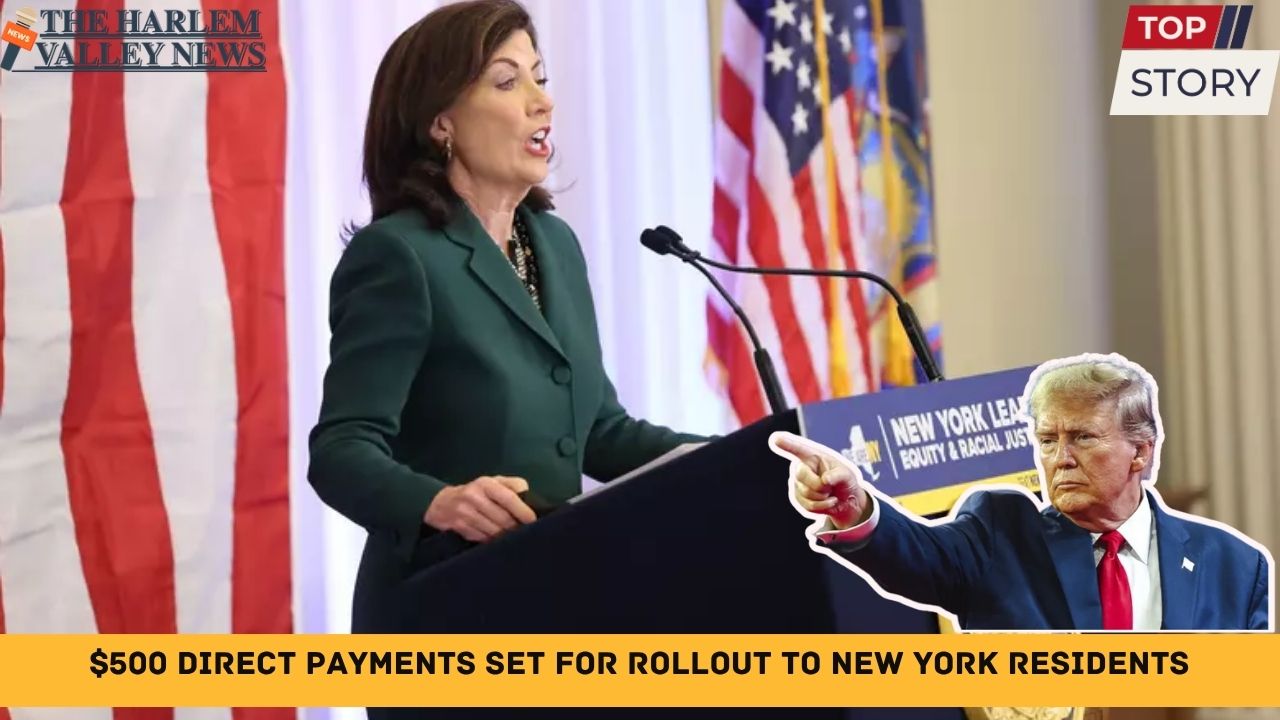


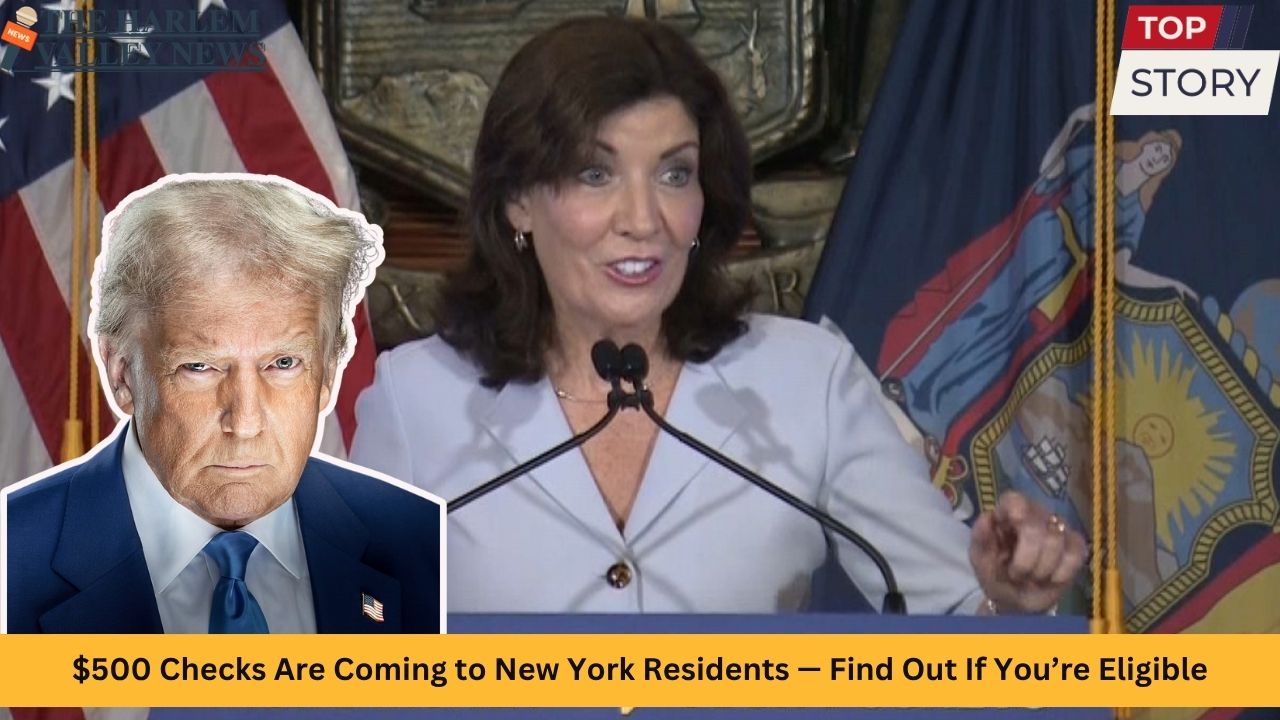
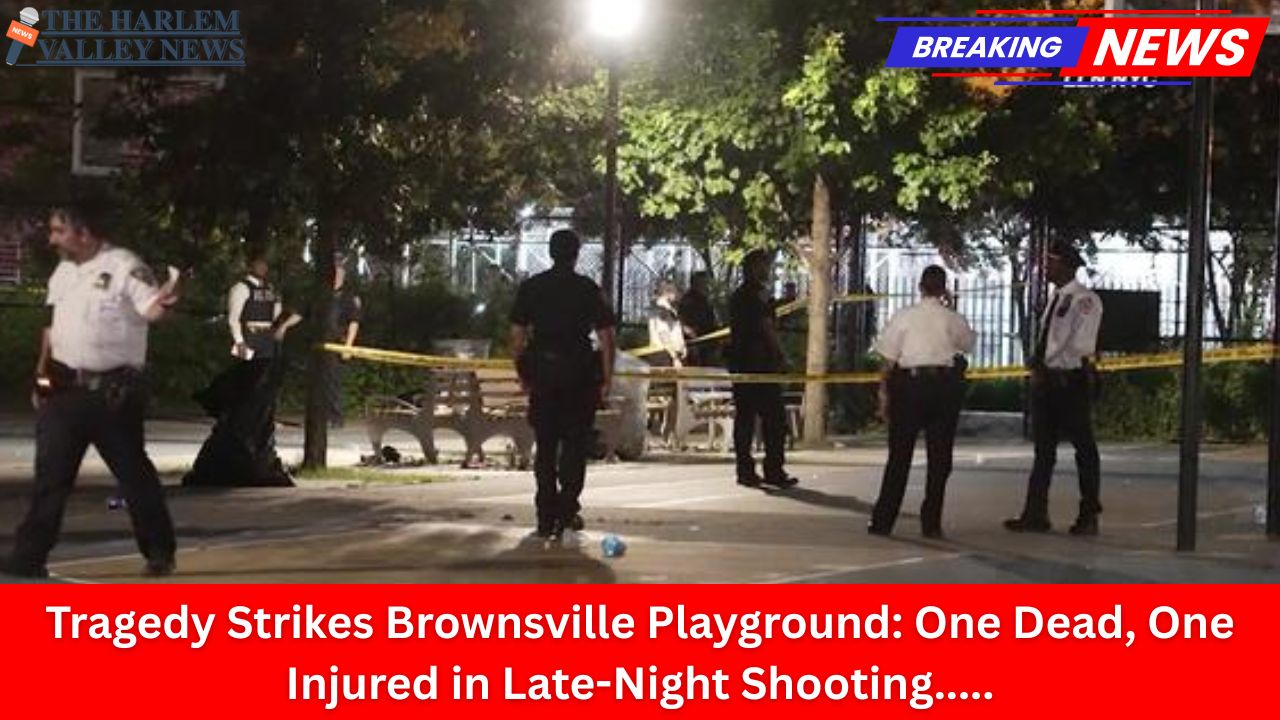
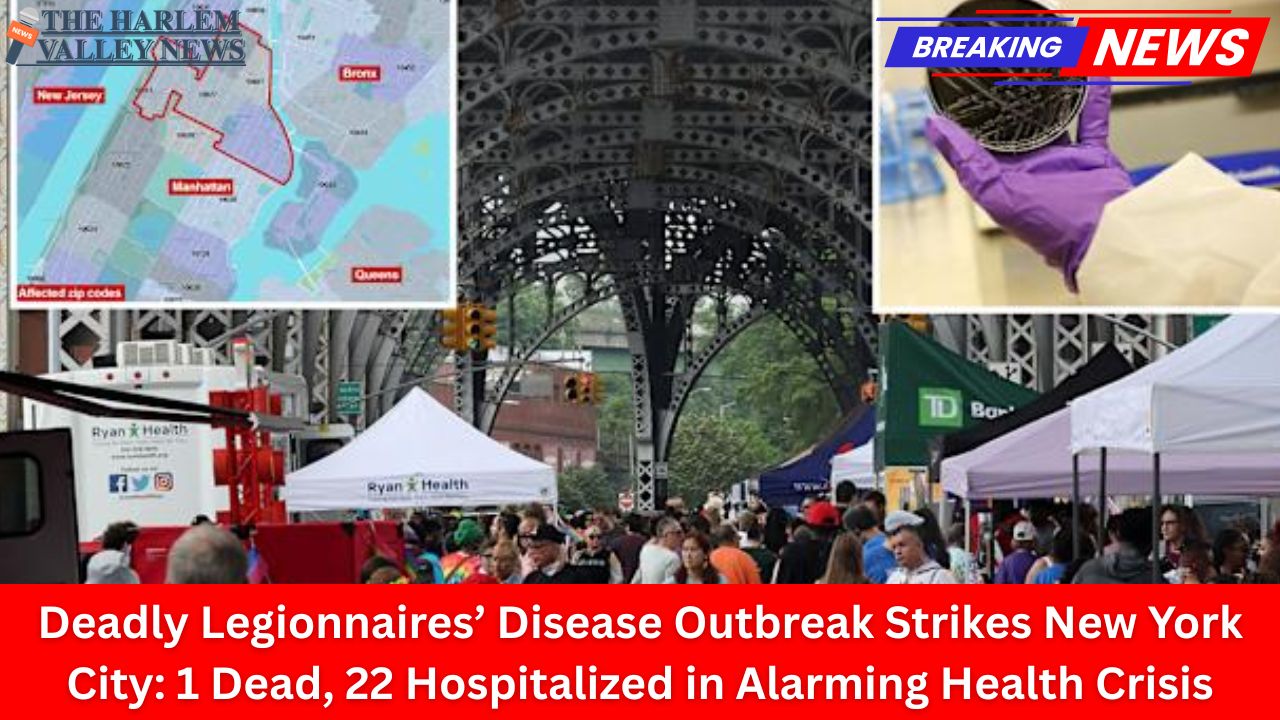
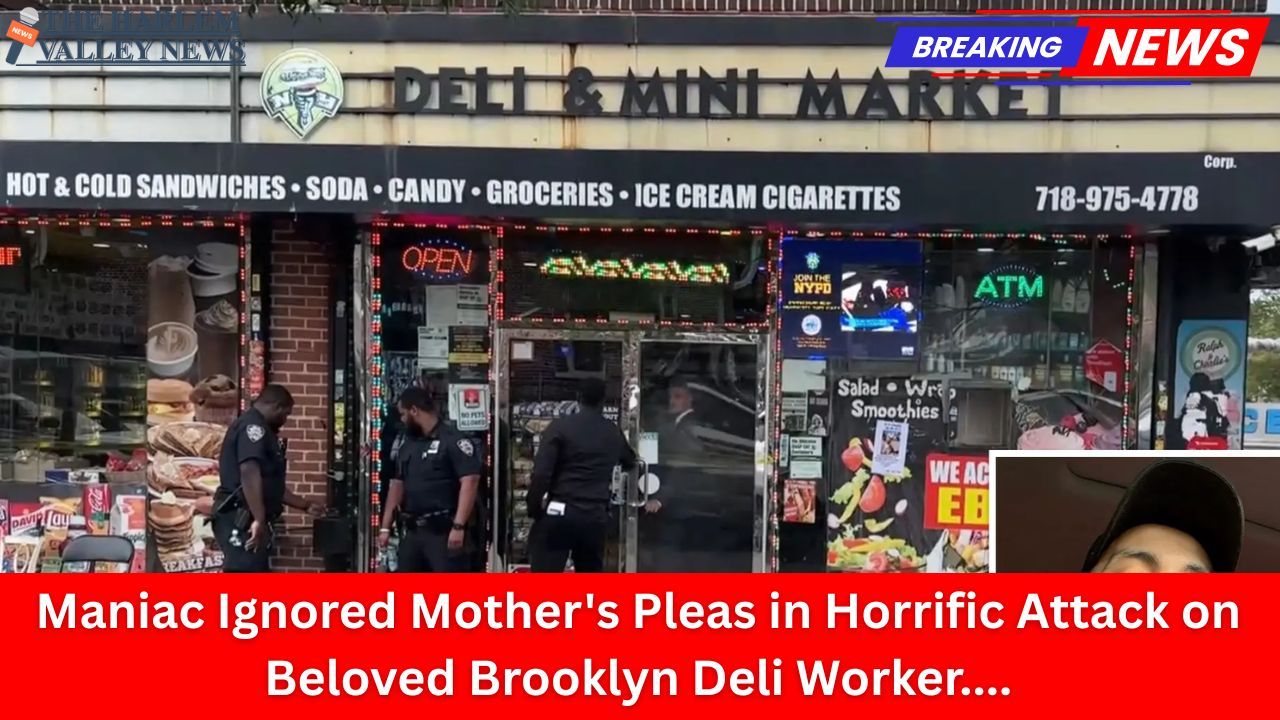
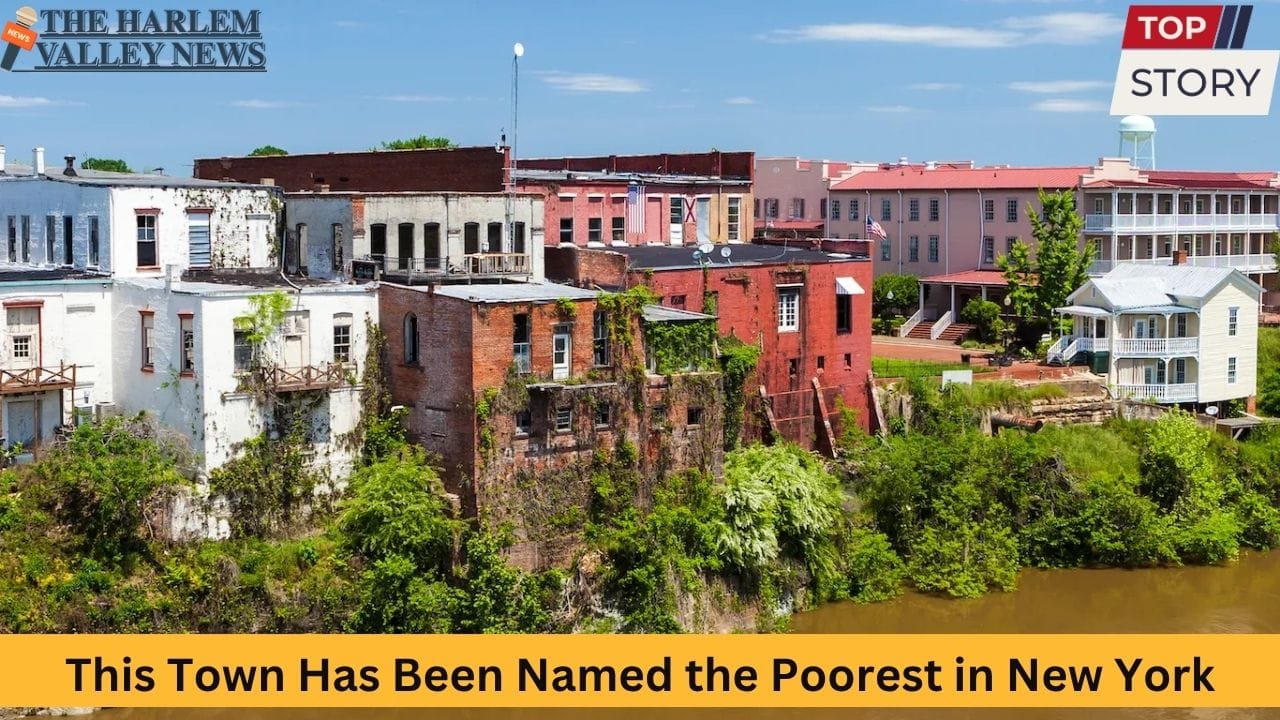
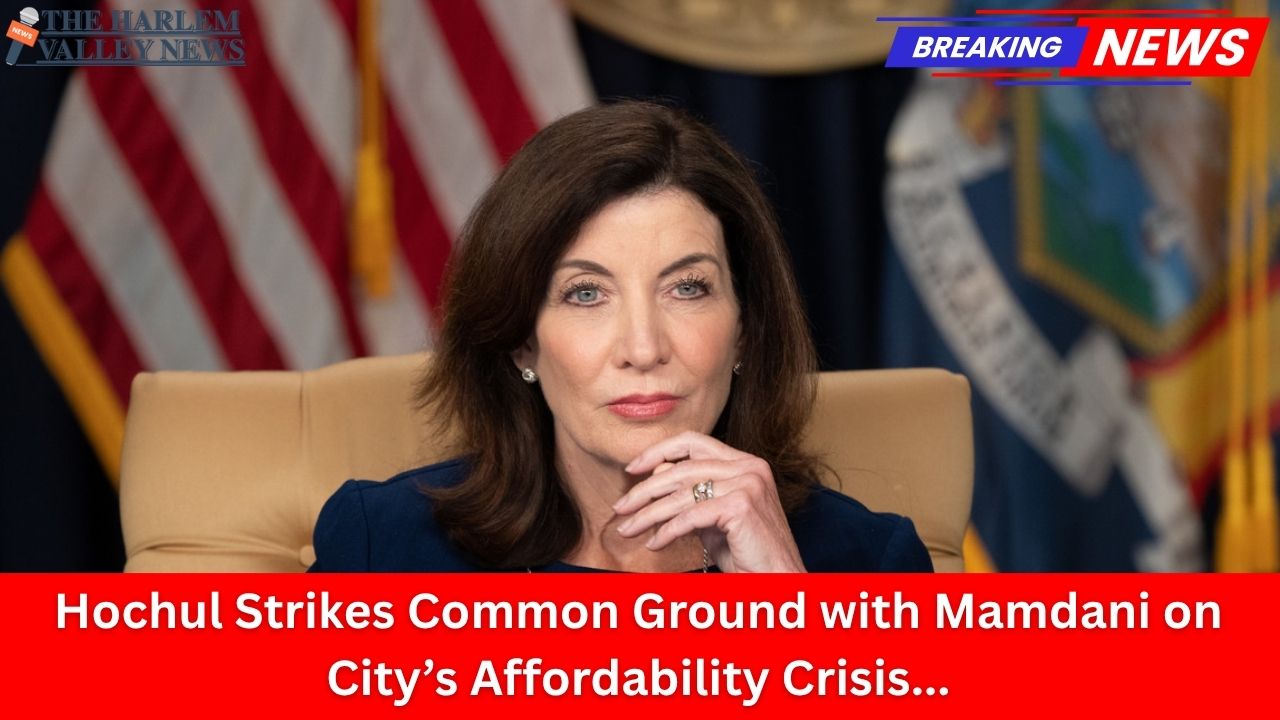
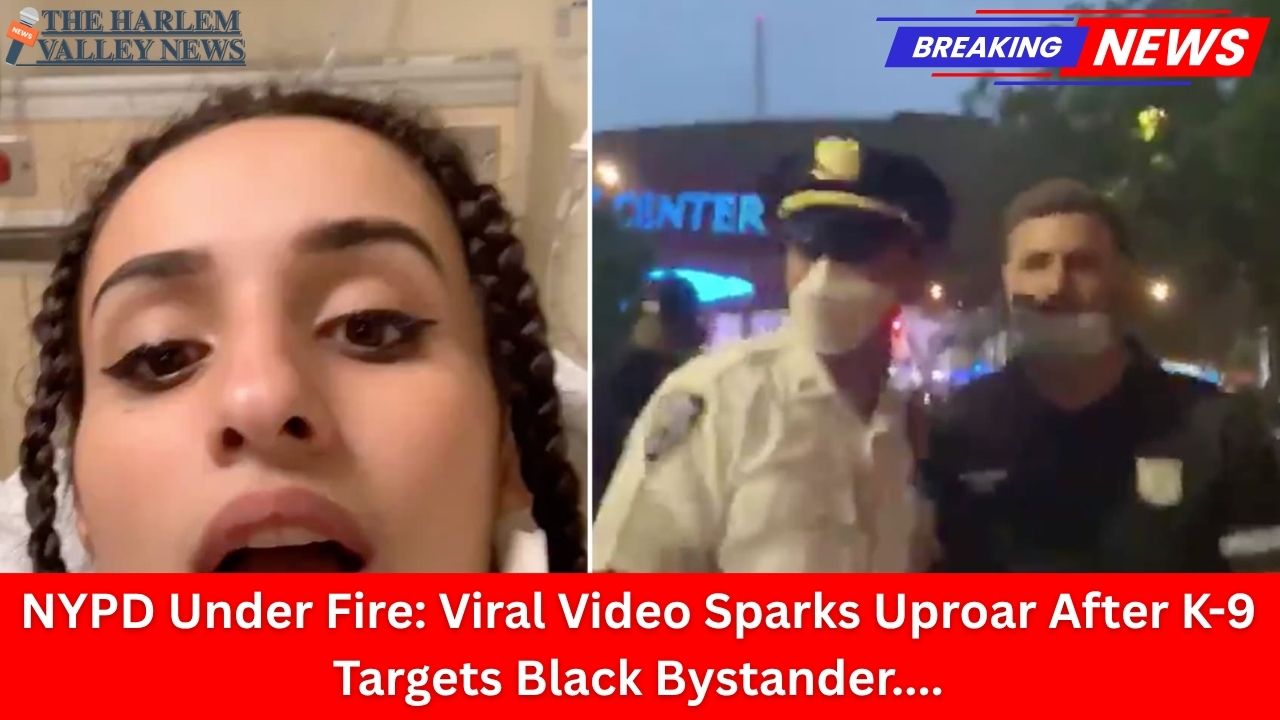

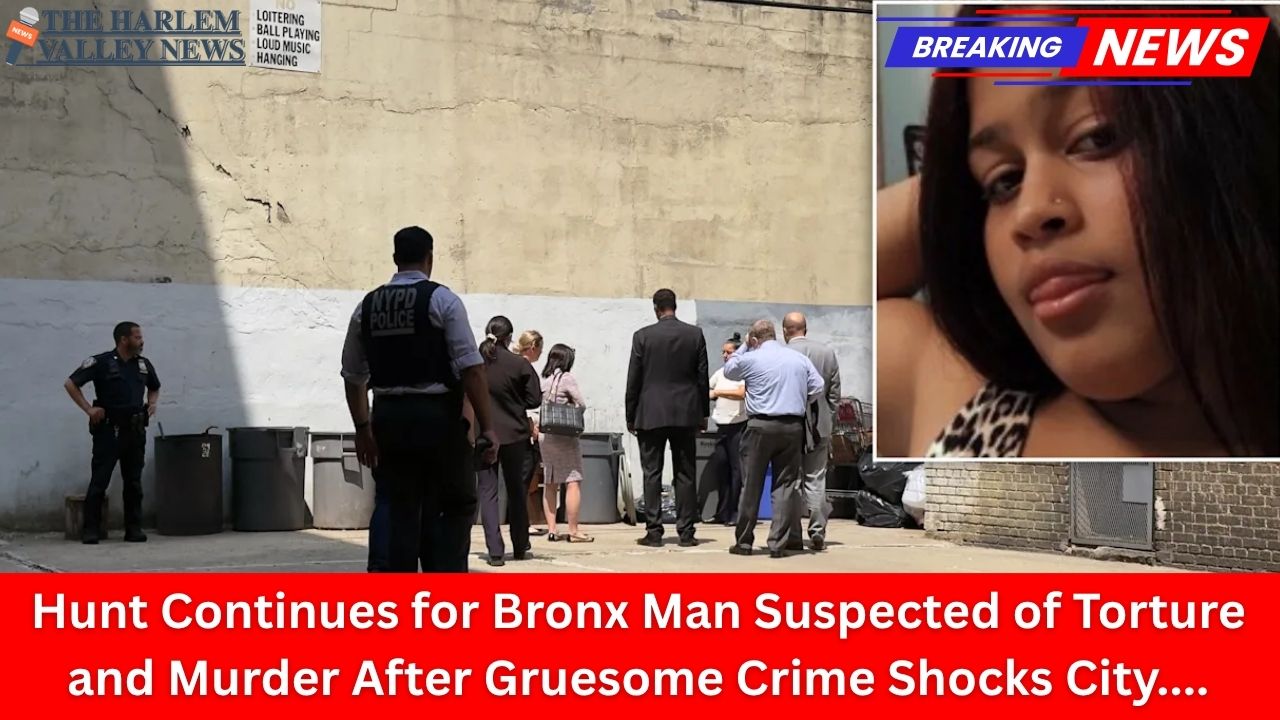
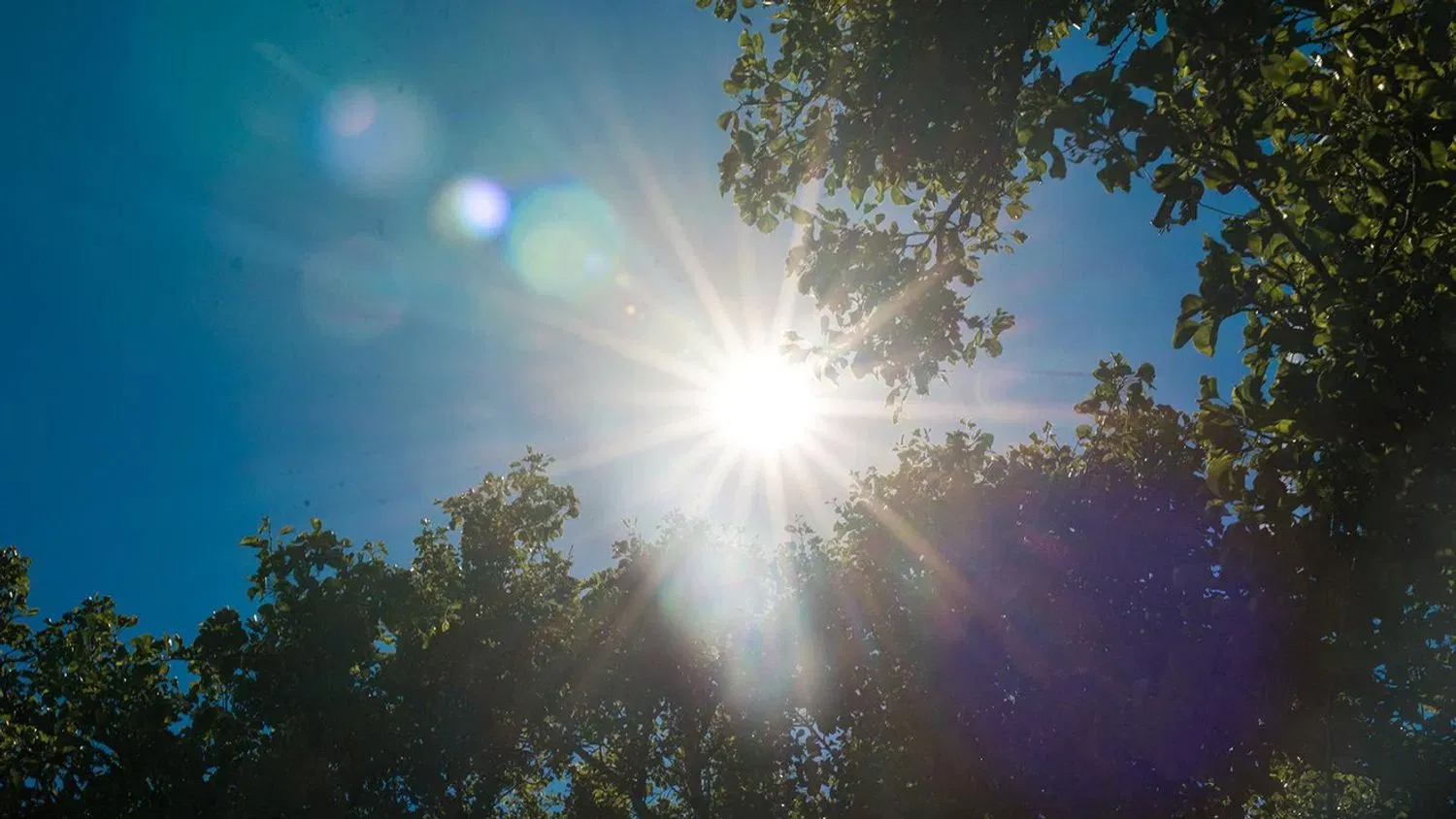


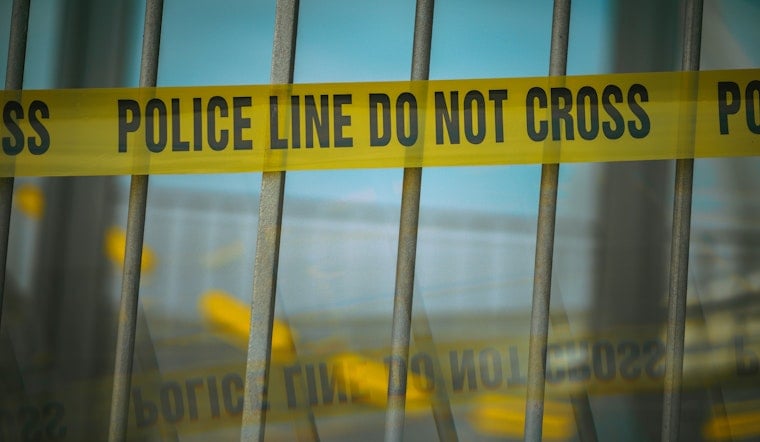
Leave a Reply